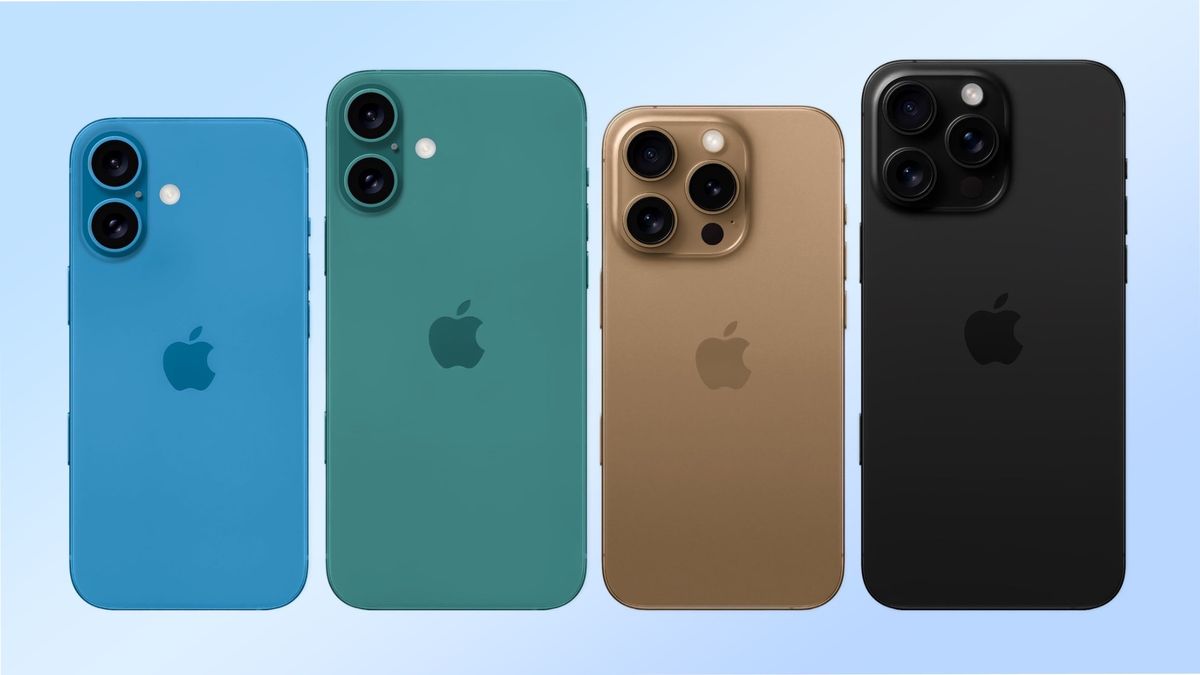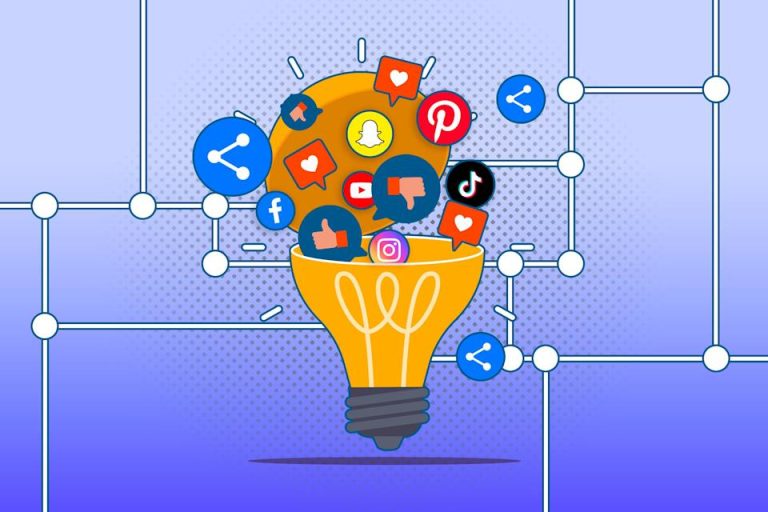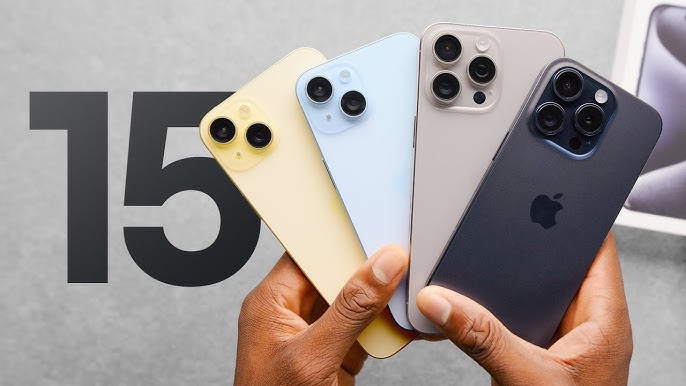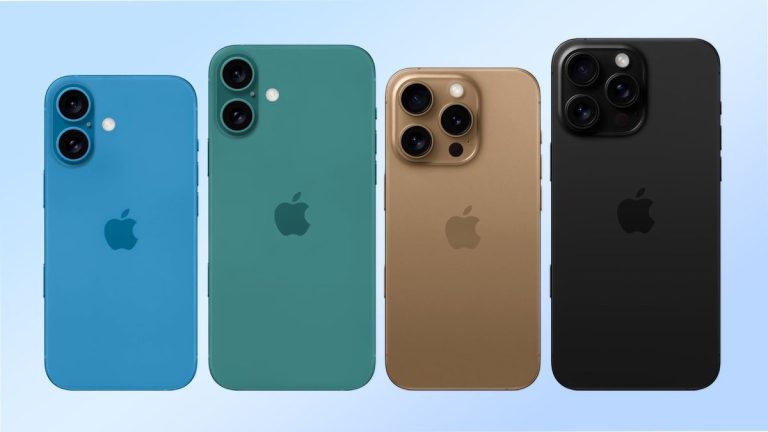
In today’s digital era, owning an iPhone is both a status symbol and a practical necessity. However, as the market expands, the prevalence of counterfeit devices, along with refurbished models, poses challenges for consumers. By 2025, recognizing whether an iPhone is genuine, original, or refurbished has become increasingly crucial for buyers to make informed decisions.
To begin with, one of the most reliable methods is by examining the device’s serial number and IMEI (International Mobile Equipment Identity) number. Users can find this information in the settings under the “About” section or by using the physical device itself. After acquiring the serial number, the next step is to input it on Apple’s official website. Authentic devices will display information such as the model, warranty status, and whether the device has been reported as lost or stolen. This not only confirms the legitimacy of the phone but also reassures the user of their investment’s safety.
Furthermore, understanding the signs of a refurbished iPhone is essential. Refurbished phones often come with a lower price tag and may have minor cosmetic blemishes. They usually come from returned devices that have been inspected and cleaned to meet the manufacturer’s specifications. While purchasing refurbished devices can be economical, buyers should be aware that they often come with shorter warranty periods. To ensure the refurbishment quality, prospective buyers should only purchase from trusted retailers or directly from Apple’s certified refurbishment program, which guarantees a certain level of quality.
Another significant indicator of genuineness is the packaging and accessories that accompany the iPhone. Genuine iPhones come in a specific type of packaging, complete with a detailed user manual, authorized chargers, and earphones. Imitations will often skimp on quality, suggesting the importance of scrutinizing packaging closely. Additionally, the device’s performance can be another telling sign. Counterfeit iPhones typically exhibit laggy interfaces and poor performance compared to original devices, which run smoothly and efficiently.
In conclusion, verifying the authenticity of an iPhone is paramount in 2025, given the increasing sophistication of counterfeit products. By utilizing the serial number and IMEI checks, understanding the nature of refurbished devices, and scrutinizing packaging and performance, consumers can confidently decide whether their iPhone is genuine. Continued vigilance is essential to navigate the complexities of today’s smartphone market, ensuring that consumers protect their investments and enjoy the full benefits of owning an authentic iPhone.
References
Apple Inc. “Check Your Service and Support Coverage.” Accessed October 15, 2023. https://support.apple.com/en-us/HT201222.
Thompson, Dan. “How to Spot a Fake iPhone in 2025.” TechRadar, July 24, 2025. https://www.techradar.com/news/how-to-spot-a-fake-iphone.
Brown, Sarah. “Understanding Refurbished Electronics: Are They Worth It?” Consumer Reports, June 15, 2025. https://www.consumerreports.org/refurbished-electronics.






Awesome https://shorturl.fm/5JO3e
Best partnership https://shorturl.fm/A5ni8
Cool partnership https://shorturl.fm/a0B2m
Super https://shorturl.fm/6539m
Very good https://shorturl.fm/bODKa
Very good https://shorturl.fm/bODKa
KJrwrF CxNYh voovCeG SsRPsO vAhteCS EjWbPMF JrHYMqjs
https://shorturl.fm/9fnIC
https://shorturl.fm/TbTre
c6sh60